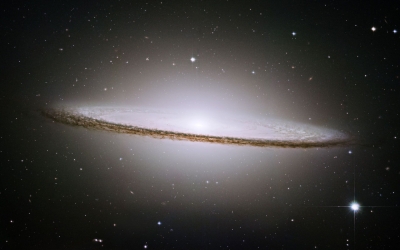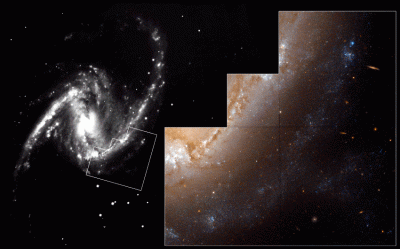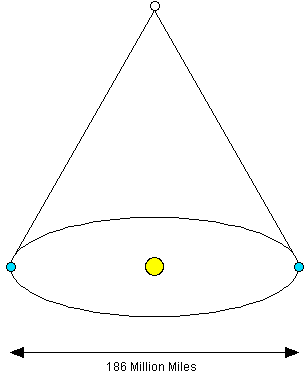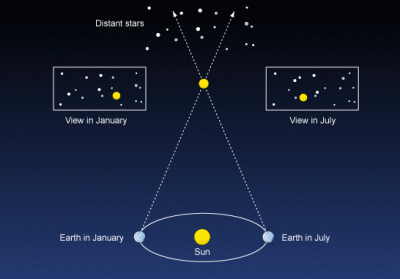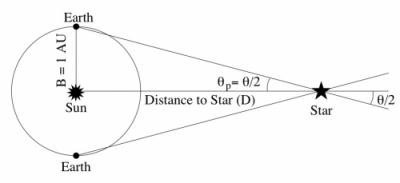WHAT IS THE SOLAR SYSTEM?

The Solar System is everything that orbits our star — the Sun over 60 moons and millions of asteroids, meteoroids and comets. Pluto is the furthest planet from the Sun, but the Solar System does not end there. Surrounding the planets is a vast sphere of comets —the Oort Cloud. Objects beyond this are pulled away from the Solar System because the Sun’s gravity is not strong enough to hold them.
The Solar System consists of the Sun, and everything bound to it by gravity. This includes the 8 planets and their moons, the asteroids, the dwarf planets, all the Kuiper belt objects, the meteoroids, comets and interplanetary dust. Since the gravitational effects of the Sun are thought to reach out almost 2 light-years away – almost half the distance to the next star – there could be any number of objects out there, as part of the Solar System.
There are separate regions in the Solar System. First, there’s the Sun, of course. Then there are the inner terrestrial planets: Mercury, Venus, Earth, and Mars. Then comes the asteroid belt; although, not all the asteroids are located in this region. The largest dwarf planet, Ceres, is located in the asteroid belt. Then come the outer gas giants: Jupiter, Saturn, Uranus, and Neptune. Then comes the Kuiper Belt, which includes 3 more dwarf planets: Pluto, Makemake, and Eris. Beyond the Kuiper Belt is thought to be the Oort Cloud, which could extend out to a distance of 100,000 astronomical units (1 AU is the distance from the Sun to the Earth).
Between the planets are smaller objects which never formed a planet or moon. This can range from microscopic dust, up to asteroids hundreds of kilometers across. Beyond the orbit of Neptune, much of this material is icy.
The solar wind emanating from the Sun blasts through the Solar System, interacting with the planets, and pushing material out into interstellar space. The region where this solar wind blows is called the heliosphere, and where it stops is called the heliopause.
The immediate neighborhood around the Solar System is known as the Local Interstellar Cloud. It has high-temperature plasma that suggests that there were nearby supernovae. The closest star to the Solar System is the triple star system Alpha Centauri.








